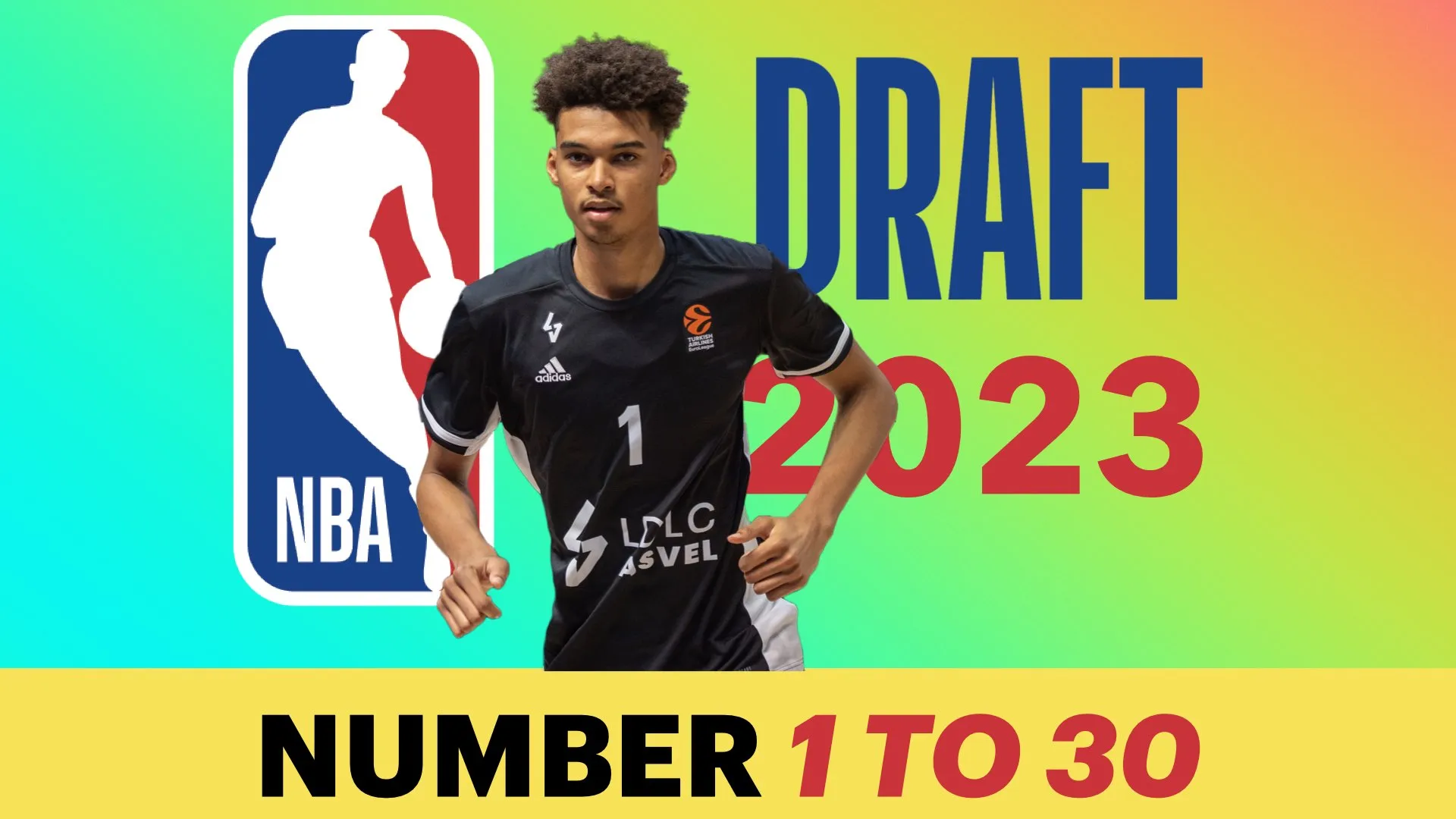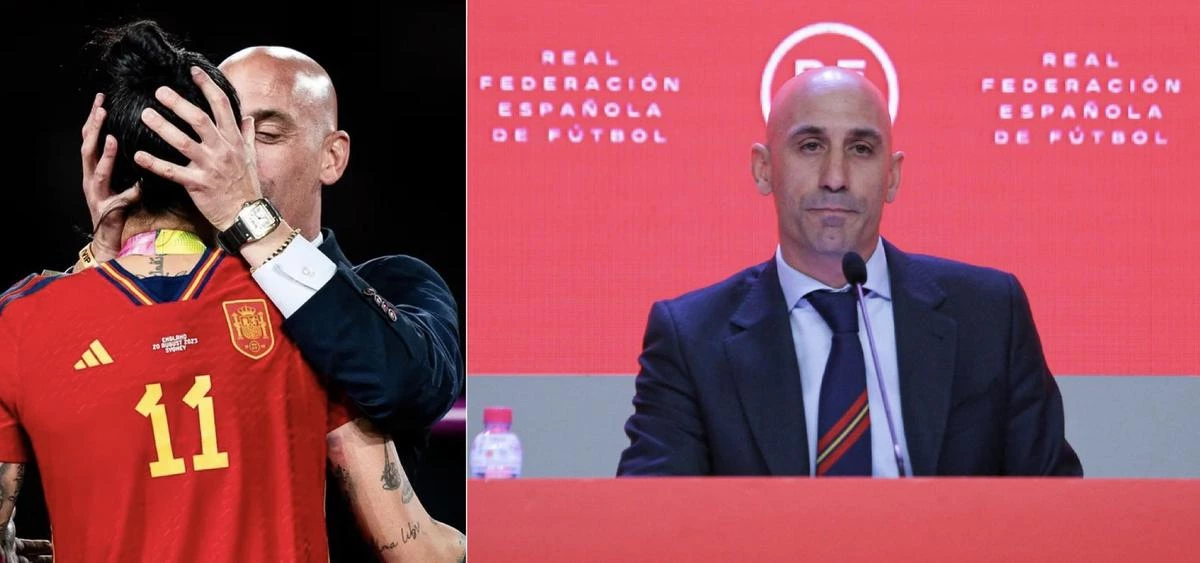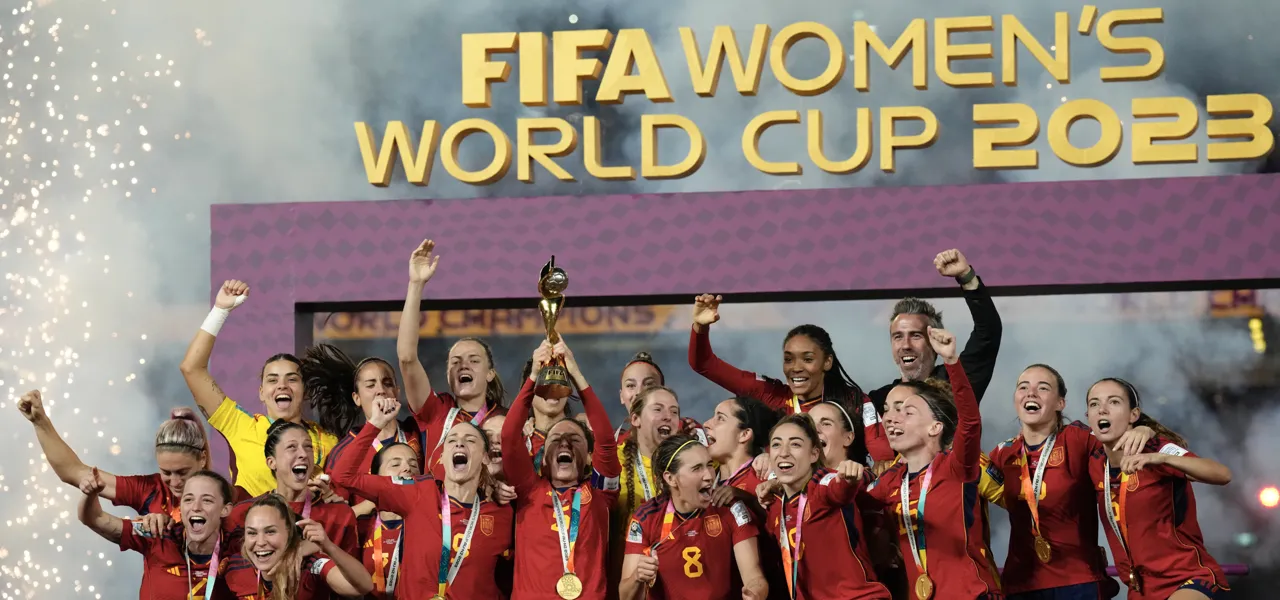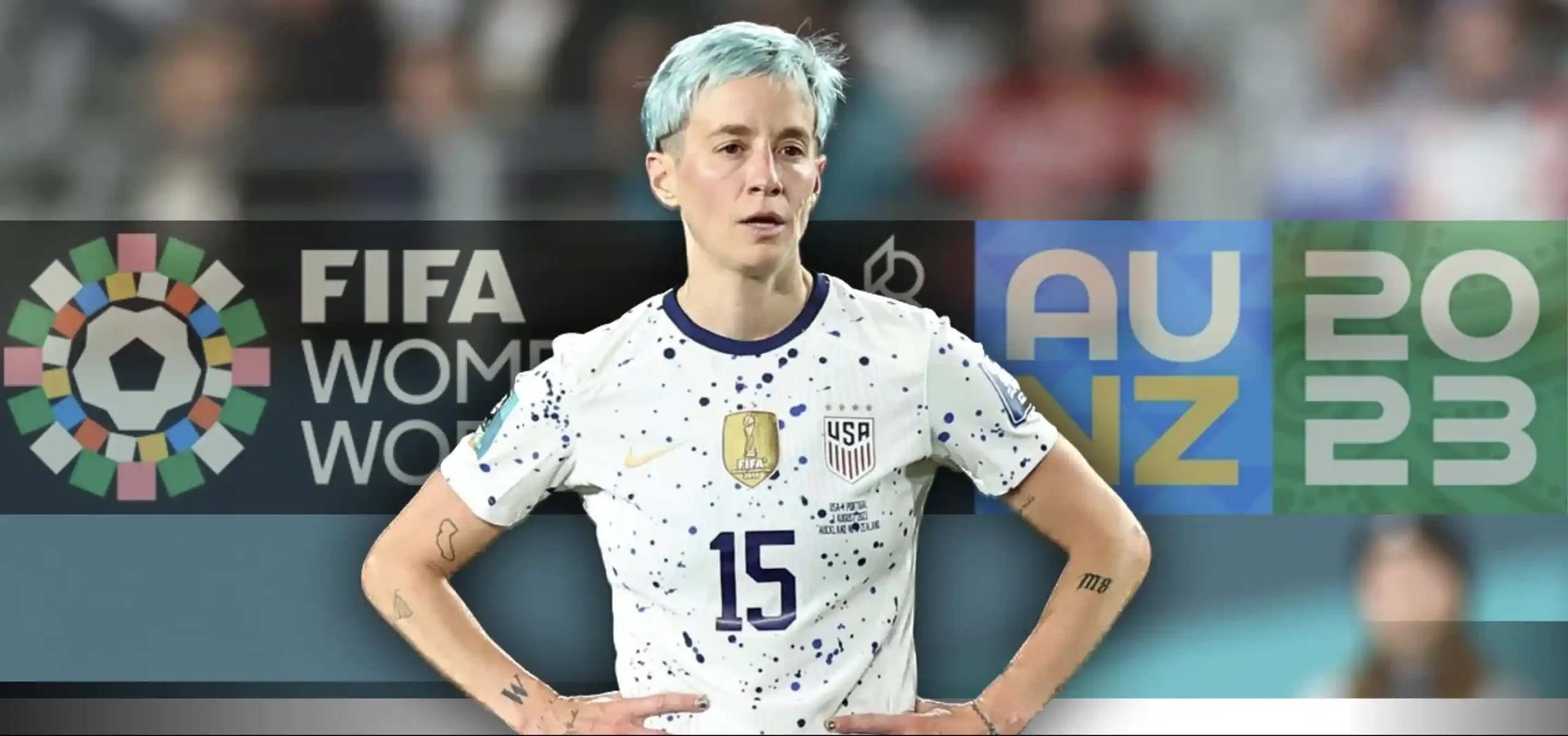The 2023 NBA Draft took place with several surprising picks and notable trades. The Golden State Warriors made a stunning blockbuster deal, swapping Jordan Poole for Chris Paul with the Washington Wizards. The San Antonio Spurs selected Victor Wembanyama as the first overall pick, while the Charlotte Hornets surprised by choosing Brandon Miller over Scoot Henderson at the second pick. The draft saw multiple trades, including the Indiana Pacers trading Bilal Coulibaly for Jarace Walker and picks, and the Dallas Mavericks trading Davis Bertans for Dereck Lively II.

The 2023 NBA Draft saw several intriguing young talent enter the league. Let’s take a look at the first 30 choices and see what each player contributes to their respective clubs.
1. The San Antonio Spurs had the first pick in the 2023 NBA Draft and selected Victor Wembanyama, a talented power forward/center from Metropolitans 92. Wembanyama is an exceptional player known for his shot-blocking ability and his impressive shooting percentage. He also has a mature demeanor and comes from a family of athletes. The Spurs hope that Wembanyama will be the centerpiece of their team and contribute to their rising core of young players.
2. The Charlotte Hornets had the second pick and chose Brandon Miller, a small forward from Alabama. Miller is a versatile player with great size and shooting ability. He averaged 19 points and eight rebounds per game in college and has the potential to be a strong defender. The Hornets believe that Miller’s game resembles that of Paul George and hope that he can continue to develop his strength and footwork.
3. The Portland Trail Blazers selected Scoot Henderson, a point guard from the G League Ignite, with the third pick. Henderson is an explosive and athletic guard who has a knack for scoring. He excels at attacking the rim and has a solid mid-range game. Although his three-point shooting needs improvement, his overall skills and potential outweigh any concerns. Henderson has a bright future as a guard in the NBA.
4. The Houston Rockets chose Amen Thompson, a small forward from Overtime Elite, with the fourth pick. Thompson is an incredibly athletic player with a great first step and impressive ball-handling skills. He is a strong finisher at the rim and has the potential to be a playmaker. However, his shooting ability from the outside is unproven and needs further development. Nevertheless, Thompson’s athleticism and work ethic make him an exciting prospect for the Rockets.
5. The fifth pick went to the Detroit Pistons, who selected Ausar Thompson, a small forward from Overtime Elite. Thompson is an exceptional athlete known for his leaping ability and defensive versatility. Although he needs to improve his shooting, Thompson’s athleticism and motor make him an intriguing prospect.
6. The Orlando Magic chose Anthony Black, a point guard from Arkansas, with the sixth pick. Black is a versatile player with a strong basketball IQ. He is known for his quickness, elite passing ability, and defensive skills. The only question mark for Black is his shooting mechanics, but he has the potential to be successful in the NBA.
7. The Washington Wizards acquired the seventh pick from the Indiana Pacers and selected Bilal Coulibaly, a small forward from Metropolitans 92. Coulibaly is a fascinating prospect with a 7-foot-2 wingspan. He is an aggressive defender and excels in transition. Although his shooting needs improvement, Coulibaly’s raw talent and upside make him an enticing prospect.
8. The Indiana Pacers, with the eighth pick acquired from the Wizards, chose Jarace Walker, a power forward from Houston. Walker is a physical player known for his defensive skills and versatility. He can guard multiple positions but needs to work on his shooting consistency. However, Walker’s unique physical attributes and potential make him an intriguing prospect for the Pacers.
9. The Utah Jazz selected Taylor Hendricks, a power forward from UCF, with the ninth pick. Hendricks is an athletic player with great shot-blocking ability and a strong 3-point shooting percentage. While there are concerns about his ball-handling and playmaking, Hendricks fits the mold of a 3-and-D player and has desirable traits for the NBA.
10. The tenth pick went to the Oklahoma City Thunder, who acquired it from the Dallas Mavericks and selected Cason Wallace, a point guard from Kentucky. Wallace is a strong and athletic defender with solid shooting ability. His size may be a disadvantage, but his defensive skills and shot-making potential make him a top-10 prospect.
11. The Orlando Magic, with the 11th pick in the NBA draft, selected Jett Howard from Michigan. Howard, standing at 6-foot-7, is known for his smooth shooting mechanics and ability to hit shots from beyond the arc. He shot 37% from 3-point range in college and has shown potential as a scorer off screens and off the dribble. However, his defense is a concern, as he lacks athleticism and needs to improve his technique. The Magic chose Howard for his 3-and-D potential.
12. At number 12, the Dallas Mavericks acquired Dereck Lively II from Duke. Lively, with a 7-foot-7 wingspan, is an exceptional rim protector and shot blocker, averaging 2.5 blocks per game. However, his offensive skills are raw, and he needs to work on scoring around the rim and developing a feel for the game. Adding strength through weight training is also necessary for Lively to succeed at the next level.
13. The Toronto Raptors selected Gradey Dick from Kansas at number 13. Dick, a 6-foot-8 wing, is an excellent shooter, making 40% of his shots from beyond the arc in college. He possesses a high basketball IQ and is sneaky athletic. While he needs to improve defensively and in creating shots off the dribble, his ability to move off the ball and his offensive instincts make him a valuable player in today’s NBA.
14. With the 14th pick, the New Orleans Pelicans chose Jordan Hawkins from UConn. Hawkins is regarded as the best shooter in this draft class, particularly after excelling in the NCAA Tournament. He has quickness and a knack for getting to spots on the court efficiently. Hawkins’ build and unproven ability off the dribble are areas for improvement, as he needs to add muscle and develop more versatility in his game.
15. The Atlanta Hawks selected Kobe Bufkin from Michigan at number 15. Bufkin’s combination of length, finishing ability, and defensive skill set him apart in this class. He finished the season strong, averaging impressive numbers in points, rebounds, and assists. While he may not be a primary ball handler, Bufkin is versatile and excels in various areas of the game. Shot creation is an area for growth, but NBA spacing could potentially benefit him.
16. The Utah Jazz, with the 16th pick, drafted Keyonte George from Baylor. George is known for his ability to create his own shots off the dribble and has displayed impressive footwork and balance. However, decision-making and defensive consistency are question marks for him. He tends to force shots and turnovers, and his passing skills are not proven. George would be best suited as a rotational scoring option for a team.
17. The Los Angeles Lakers, with the 17th pick, selected Jalen Hood-Schifino, a guard from Indiana. Hood-Schifino is known for his feel for the game and ability to execute in pick-and-roll situations. He took on a leadership role as a freshman point guard and was instrumental in leading Indiana to the NCAA Tournament. The only concern is his consistency with perimeter shooting, but his midrange game and floor vision are strong.
18. The Miami Heat picked Jaime Jaquez from UCLA at number 18. Jaquez is known for his competitive edge and underrated athleticism, playing a key role in UCLA’s successful season. He excels at playing with his back to the basket and using his body to score efficiently. Jaquez is also a solid defender with a high basketball IQ. The main areas for improvement are his perimeter shot, which needs consistency, and his lack of quickness. However, his understanding of the game and ability to make winning plays make him a valuable asset.
19. The Golden State Warriors chose Brandin Podziemski from Santa Clara with the 19th pick. Podziemski’s stock rose due to his exceptional shot-making ability and touch. He averaged 20 points per game and shot 44% from 3-point range in college. However, his lack of athleticism and size are concerns, particularly on the defensive end of the floor. Additionally, he took many tough shots in college that may not be available against tougher NBA defenders.
20. Cam Whitmore from Villanova was selected by the Houston Rockets, via the LA Clippers, at number 20. Whitmore is an impressive scorer with a physically ready body. He is strong on drives to the basket and has shown potential as a perimeter shooter. His defensive length is also an asset. However, he needs to work on shot selection and his overall feel for the game to contribute to winning at the next level. Overall, Whitmore’s skill set and shot-making abilities make him a promising NBA wing.
21. The Brooklyn Nets selected Noah Clowney from Alabama with the 21st pick. Clowney is a promising player known for his mobility and defensive skills. Standing at 7-foot-2 with a wingspan to match, he averaged 9.8 points and 7.8 rebounds per game in college. While his three-point shooting needs improvement, his potential at just 18 years old makes him an exciting prospect for the Nets.
22. Dariq Whitehead from Duke was selected by the Brooklyn Nets with the 22nd pick. Standing at 6-foot-6 and weighing 220 pounds, Whitehead possesses the size and shooting ability to contribute as a perimeter player. He is a strong shooter, hitting nearly 43% from 3-point range. Whitehead is also a capable defender. However, injuries have raised concerns about his athleticism. If he can stay healthy, Whitehead has the potential to be a multidimensional offensive player.
23. The Portland Trail Blazers traded for the 23rd pick and chose Kris Murray from Iowa. Murray is a player ready to make an immediate impact with his ability to help a team win. He has good size at close to 6-foot-8 with a 7-foot wingspan. Murray excels at finishing at the rim and is a strong and athletic player. However, his shot consistency and playmaking skills are areas for improvement. With his length and potential as a 3-and-D player, Murray brings valuable qualities to the Trail Blazers.
24. The Dallas Mavericks, through a trade with the Sacramento Kings, chose Olivier-Maxence Prosper from Marquette with the 24th pick. Prosper has been one of the rising stars in the pre-draft process, impressing with his size and range. He is an excellent defender, covering a lot of ground with his athleticism and quickness. Prosper’s ability to make an impact offensively as a slasher adds to his value. Although he needs to work on his perimeter shooting consistency, his potential as a 3-and-D player makes him a valuable asset.
25. The Detroit Pistons, via a trade with the Boston Celtics, selected Marcus Sasser from the University of Houston with the 25th pick. Standing at 6-foot-2, Sasser may be undersized, but he makes up for it with his strength and toughness. He excels defensively, averaging two steals per game over the past two years. Sasser also boasts strong ball handling and shot-making skills, shooting 38% from 3-point range this past season. However, his size could be a disadvantage on defense against certain opponents, and he needs to improve his passing and decision-making. Overall, Sasser’s strengths make him a valuable role player off the bench.
26. The Indiana Pacers, acquiring the pick from the Cleveland Cavaliers, chose Ben Sheppard from Belmont University at number 26th. Sheppard’s feel for the game and size have caught the attention of scouts. He is known for his strong shot-making ability, averaging 19 points per game while shooting 42% from beyond the arc. Sheppard’s ability to move efficiently off screens and find openings in the defense makes him more than just a shooter. He is also a skilled passer and a capable defender. However, his lack of athleticism compared to other prospects may pose challenges, particularly defensively and in creating shots off the dribble. Nevertheless, Sheppard has the potential to be a reliable 3-and-D player in the NBA.
27. The Charlotte Hornets, acquiring the pick through trades with the Denver Nuggets, New York Knicks, and Oklahoma City Thunder, selected Nick Smith Jr. from the University of Arkansas at number 27. Smith is a talented scorer with a unique combination of speed, aggressiveness, and touch. Despite a setback due to a knee injury during his lone season at Arkansas, Smith showcased his scoring abilities late in the year. He possesses excellent shot-making skills, both attacking the basket and from pull-up shots. However, Smith’s defense needs improvement, but his shotmaking and length at 6-foot-5 make him an intriguing prospect. Developing his physicality and other areas of his game beyond scoring will be crucial for his growth.
28. The Utah Jazz, via a trade with the Philadelphia 76ers through the Brooklyn Nets, chose Brice Sensabaugh from Ohio State University with the 28th pick. Sensabaugh, standing at 6-foot-6 and weighing 235 pounds, is a one-and-done player who excelled as a shotmaker during his lone season in the Big Ten. He averaged over 16 points per game and shot close to 41% from 3-point range. Sensabaugh possesses strong ball handling and footwork, allowing him to make moves and knock down pull-up shots. While he showcases the potential to be a multidimensional scorer in the NBA, he struggles as a finisher at the rim and needs to improve defensively to avoid being a liability on that end of the floor.
29. The Nuggets select Gonzaga guard Julian Strawther from Gonzaga University at No. 29. Standing at 6-foot-7, Strawther has the potential to be a matchup nightmare for opposing defenses. His jumper has evolved significantly, going from a 36% shooter in his sophomore season to a 43% shooter from beyond the arc. Alongside his solid frame, athleticism, and willingness to defend, Strawther has the makings of a difference-maker.
30. The LA Clippers, through a trade with the Milwaukee Bucks via the Houston Rockets, chose Kobe Brown from Missouri with the 30th pick. Brown’s shooting ability is his standout skill, leading to his projected first-round selection. However, his 6-foot-7, 7-foot-1 wingspan, and 250-pound frame provide him with strength and versatility. Brown can contribute as an off-ball cutter and playmaker off the dribble without being turnover-prone. Defensively, he displays playmaking instincts and physicality. However, his slow-footedness and shooting consistency remain concerns. Monitoring his shooting consistency at the NBA level will be crucial to determining his long-term potential.
Stay connected with Today On Globe for the latest Global Issues and News Updates.
Explore more related articles at [TOG News / TOG Article]












